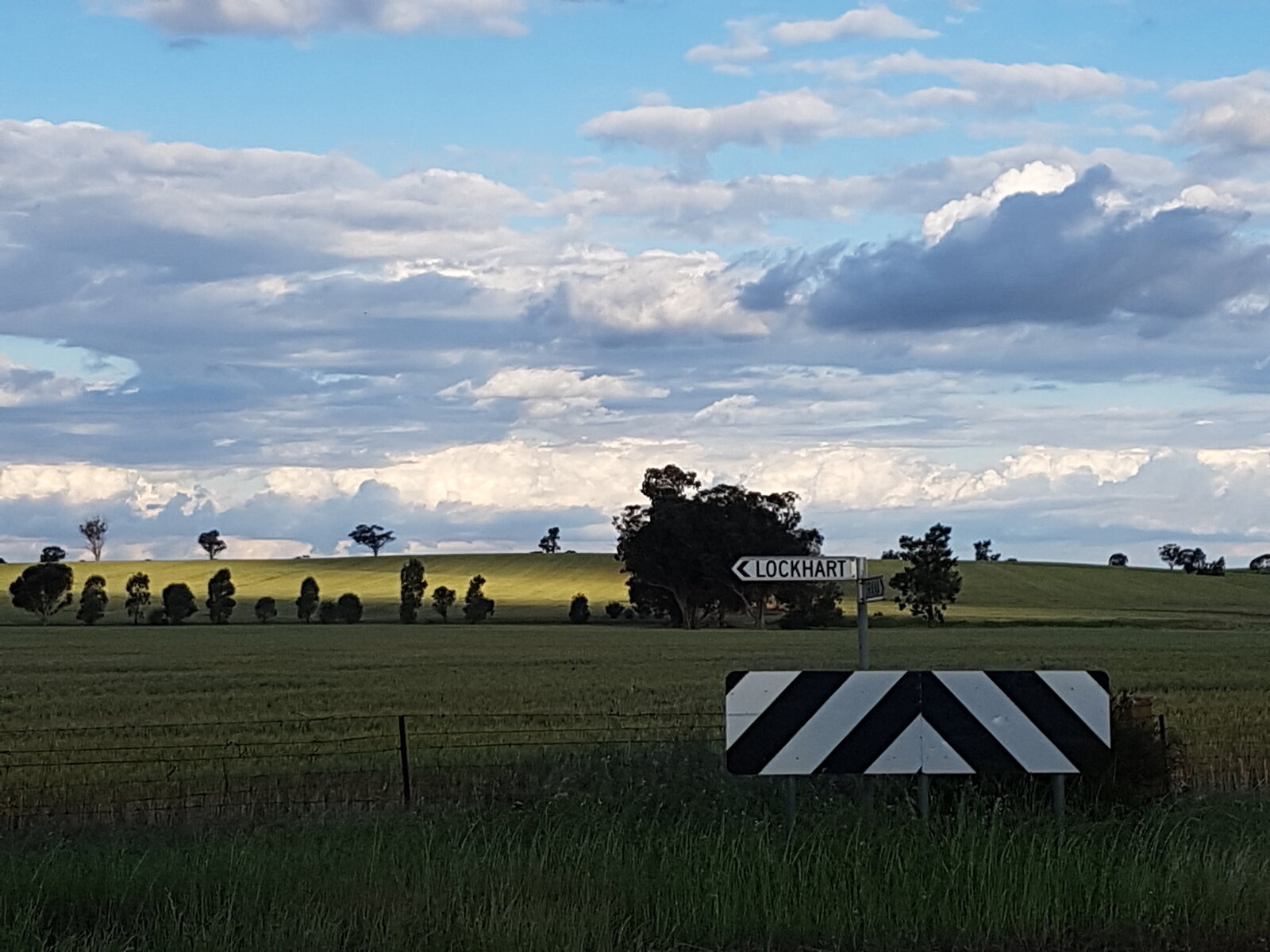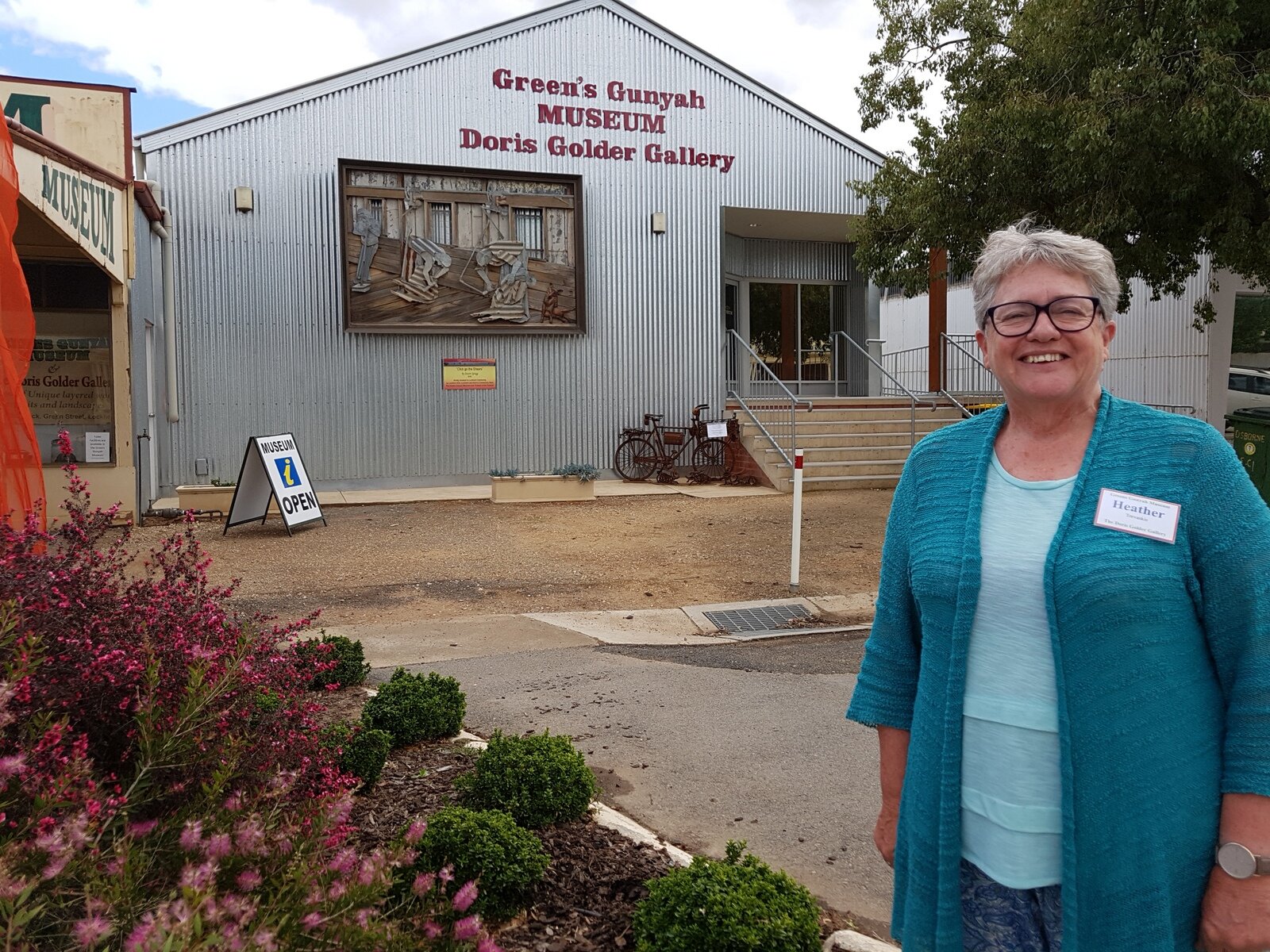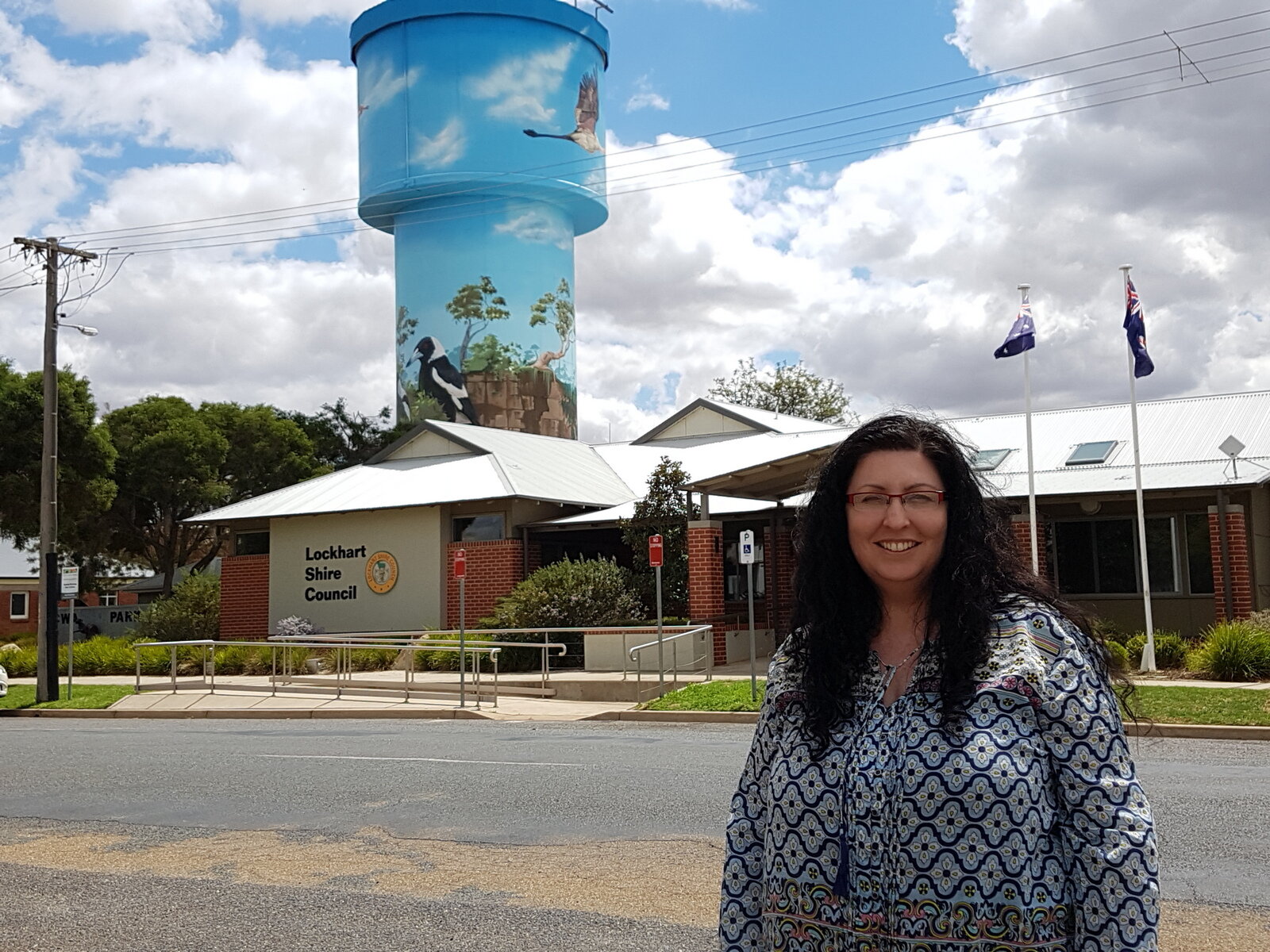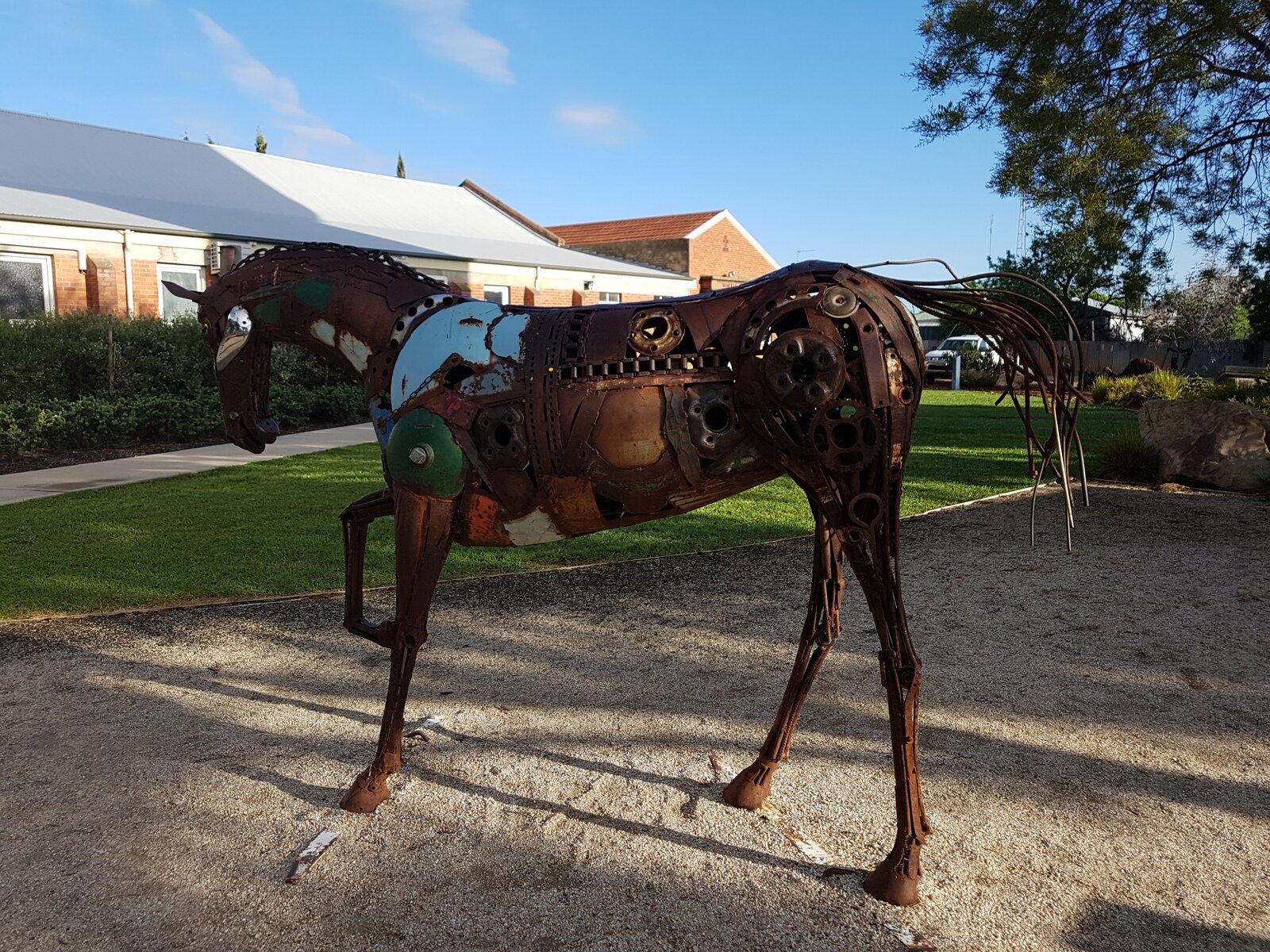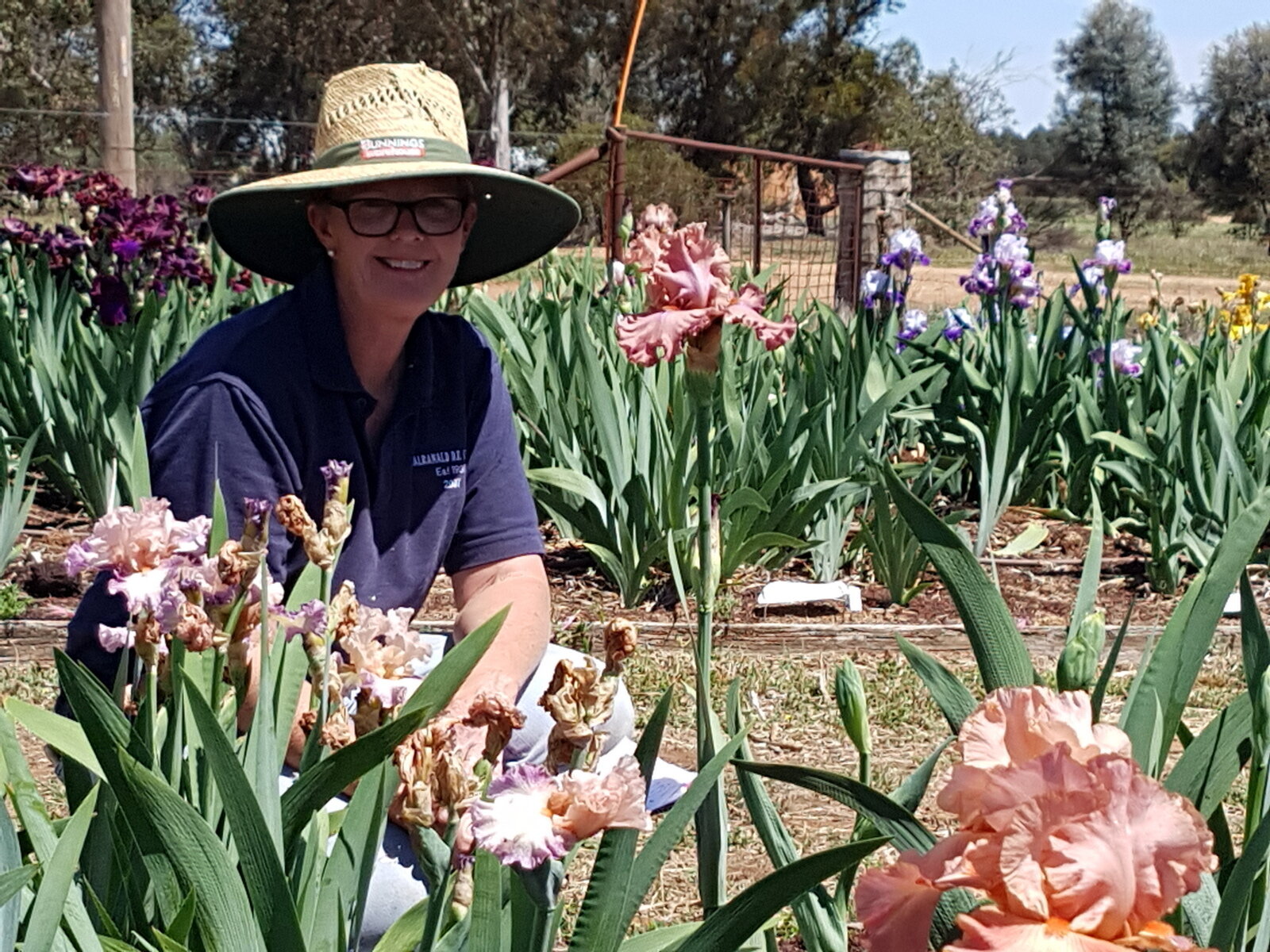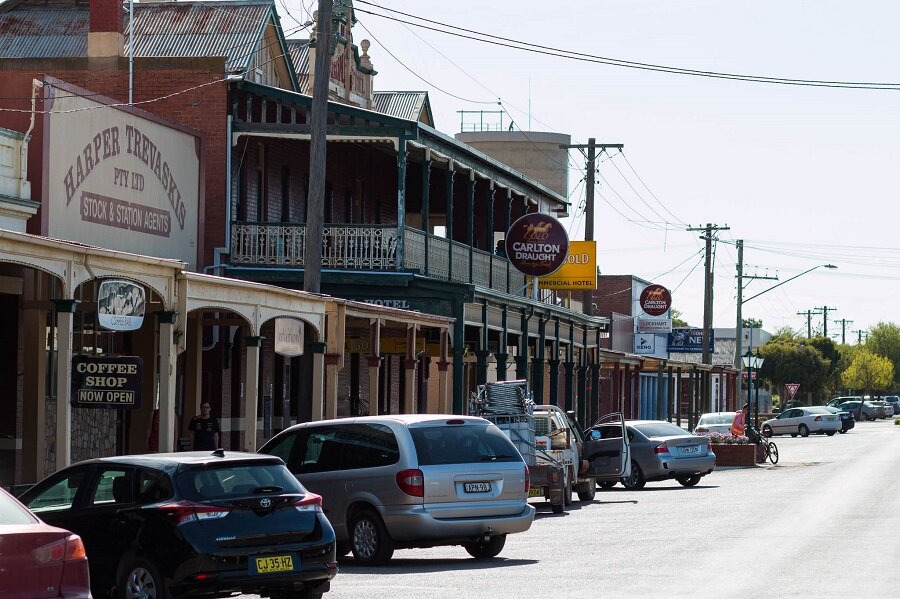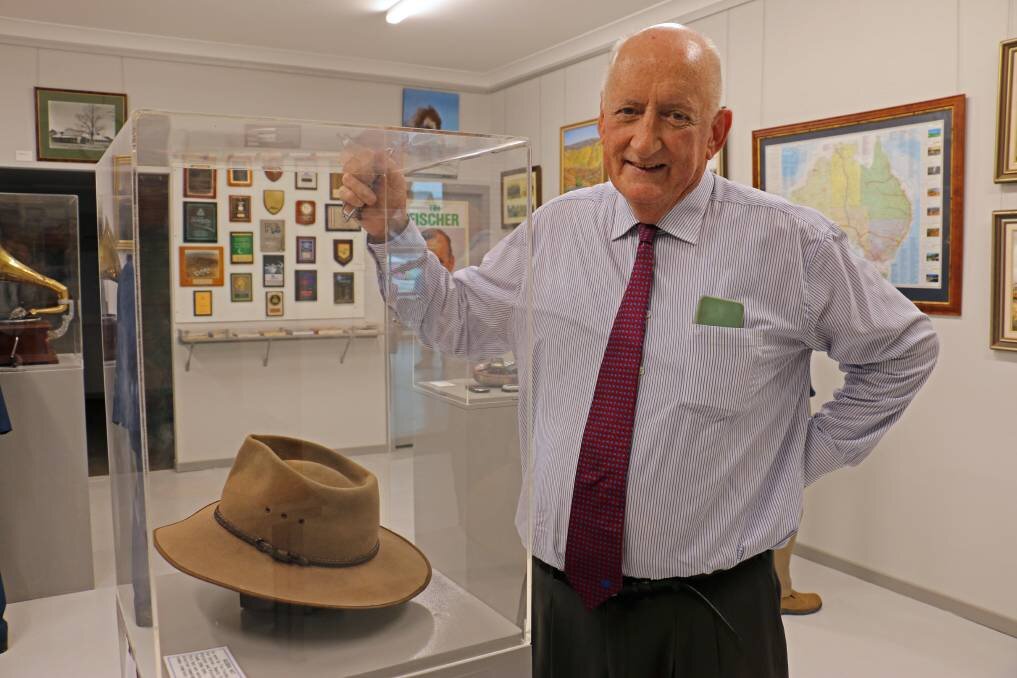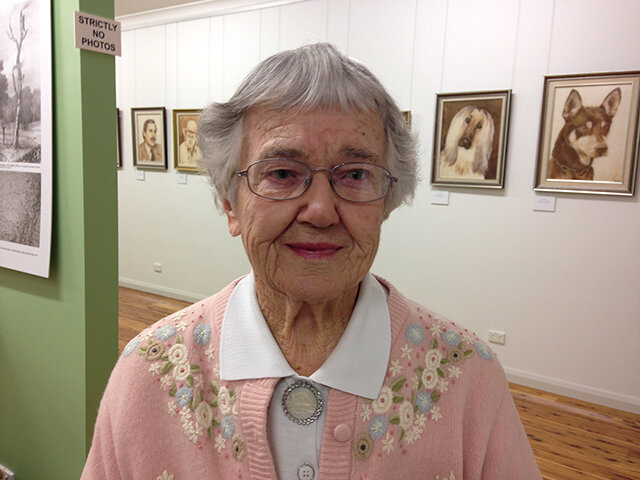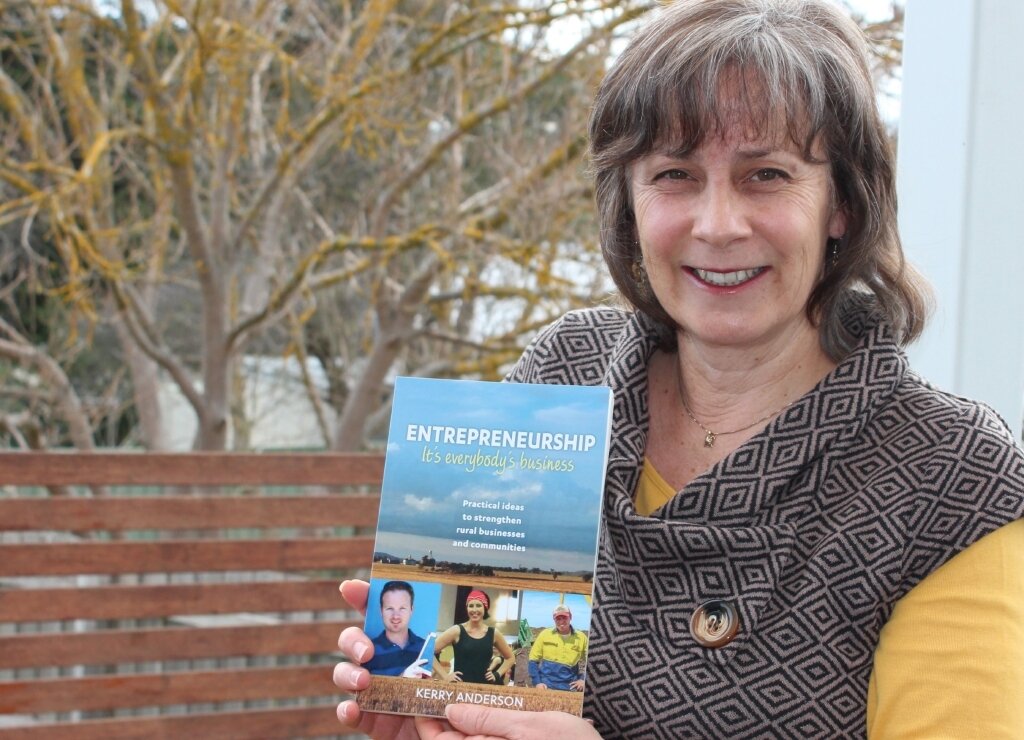Lockhart
RURAL TOWNS FIGHTING BACK series by Kerry Anderson
Over the past decade Lockhart in the Riverina region of southern NSW has experienced a number of hardships familiar to many agricultural towns including the inevitable flood, fire and drought. Thanks to the ongoing efforts of an incredibly strong-knit community Lockhart has farewelled 2019 on a high and is already enthusiastically planning for the next decade.
According to the Visit Lockhart Shire website, the Shire is set in the beautiful Riverina, near to Wagga Wagga and Albury, and not far from the popular Newell Highway, resting between the mountains and the outback, the wineries and the rivers.
Visiting Lockhart for the first time in late 2018, I was impressed in more ways than one. Walking along the main street and inspecting shop fronts it slowly dawned on me that this is a very proactive community. Like most other rural towns, a number of traditional businesses have long ago closed their doors, but you wouldn’t know it at first glance. Shop fronts cleverly advertise wares for other businesses, still serving a purpose while waiting to be reinvented for a new opportunity.
My second observation related to the generosity of its people and how they support each other.
I visited Greens Gunyah Museum which, apart from the sculpture trail, pub, and café, provides the main focal point for visitors in the town centre. The Museum houses the nationally significant story of Brookong Station. It is also home to more recent memorabilia collections donated by the late Hon. Tim Fischer and World X-Games Freestyle Motocross Champion, Jackson Strong. Perhaps least well known, until you view her incredible wool art collection, is Doris Golder. All three of these individuals have something in common. Lockhart has been, or is, their hometown and they wanted to give back.
Lockhart has been, or is, their home town and they wanted to give back.
Also acting as the Visitor Information Centre, the Museum is operated by the Lockhart & District Historical Society and open to the public 9.30am to 4.30pm daily. President, Heather Trevaskis says that they have around 35 active volunteers keeping the doors open seven days a week to the public. ‘We value visitors to our town and, if on occasions we can’t fill a shift, we put a note up asking them to call a number and we will happily come down and open up.’
The generosity of the locals was further exemplified when fumbling in my purse to find the right change for a coffee at the local cafe, a woman stepped in and paid for me. ‘I heard you speak last night,’ she explained, ‘and would like to thank you.’ She went on to tell me about a business idea that she and her husband were developing in conjunction with their farming enterprise hoping to create alternative income options for their children.
Local businesses clearly understand the importance of supporting other local businesses. Mandy Strong, co-owner of Sunshine Iris Nursery, spoke about her business supporting the local post office. Charlie Webb, inventor of the Back Up Charlie sheep drafting system has all his units manufactured by the local engineering service. ‘You have to share your success with the locals,’ he told me.
Completed just before my arrival in Lockhart, an impressive artwork was commissioned on the water tower in the town’s centre. Since then it has featured in many social media posts and blogs adding to the tourism pull of the popular silo art trail across regional Australia.
Lockhart is slowly but surely growing in population
Rather than declining, Lockhart is slowly but surely growing in population. In the 2010 Census it cites a total population of 800 and by 2016 had grown to 818. In 2019 it had crept up to just over 1,000. It may not mean much to a city dweller, but to a rural town each new resident brings benefits that multiply across the community. The Shire website proactively promotes industry and residential opportunities in the hope of attracting more.
Like many rural towns it is easy to drive through and miss the beauty of the landscape. I am impressed by the social media campaign being run by Visit Lockhart Shire to remind people to slow down, stop, and enjoy the sights. A sculpture and heritage trail provides visual interludes. I’d add that it is the people of Lockhart that really make it worthwhile stopping. Behind every business and every volunteer there is a heart-warming story to be shared.
While touring Greens Gunyah Museum with Heather Trevaskis, she stood in front of a flood marker explaining to me the difference between a ‘clean’ and a ‘dirty’ flood. The Museum was flooded in 2010 and again in 2012. Devastated, volunteers had to start all over again. Rather than giving up, Lockhart’s community saw an opportunity and fundraised to build a new space above the flood line. Then they purchased the building next door when it became vacant in 2015. In October 2019 they celebrated the official opening of their expanded Museum.
As the clock ticked over into 2020, I caught up with Heather by phone. She agreed wholeheartedly when I commented that Lockhart’s past decade started on a low but ended on a high. She then starts to tell me about their next project, and I can’t help but smile.
This is what makes rural towns so great.
You might also enjoy these articles from the Lockhart region:
Pick, Pack, Post - Sunshine Iris Nursery
Sheep Psychology - Back Up Charlie
And other stories of rural towns fighting back:
KERRY ANDERSON: Founder of the Operation Next Gen program and author of ‘Entrepreneurship: It’s Everybody’s Business,’ Kerry works with small businesses and rural communities to help them embrace new opportunities. In 2018 she was named as one of Australia’s Top 50 Regional Agents of Change. READ MORE
